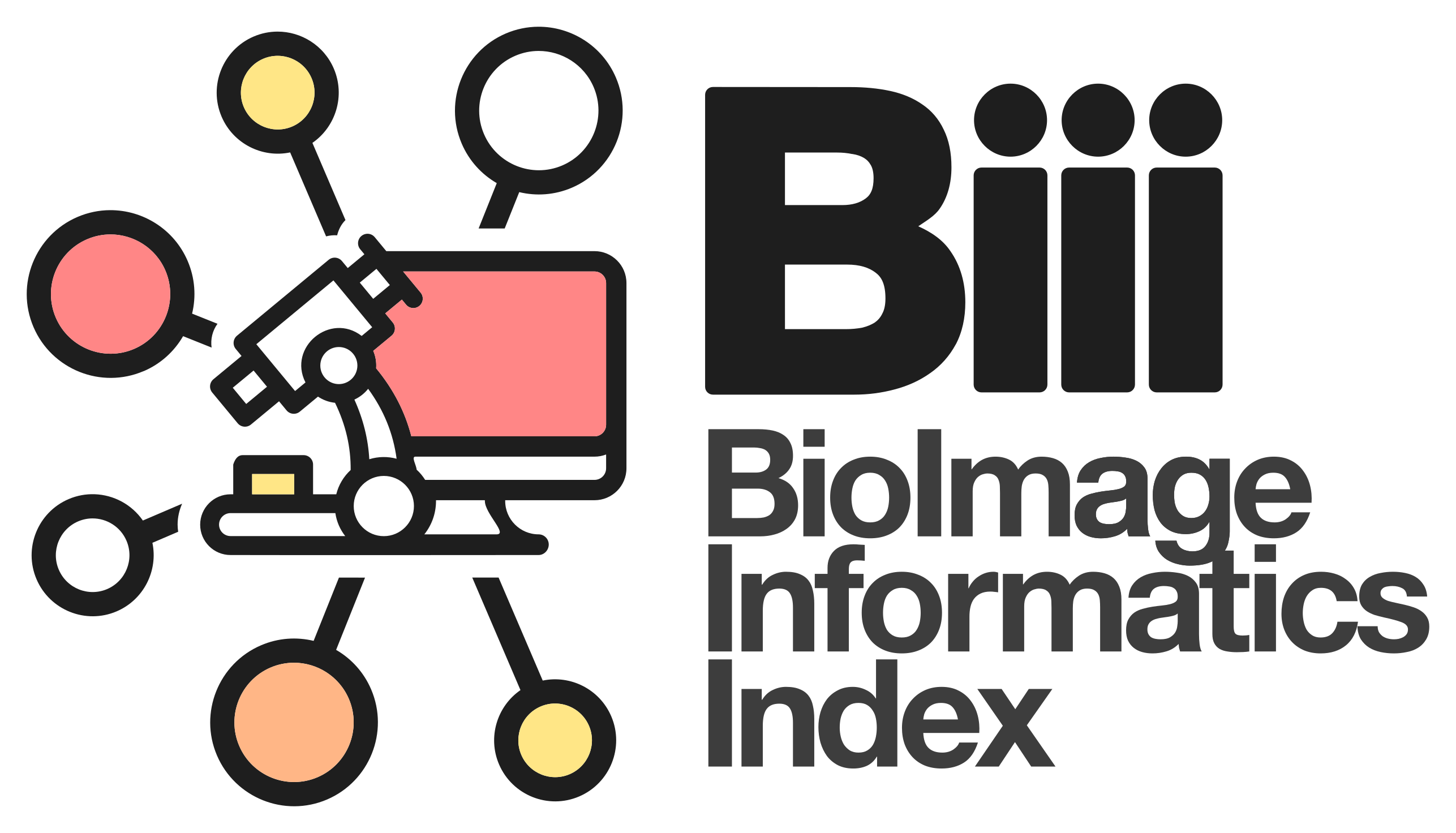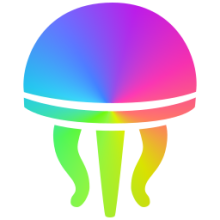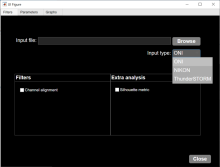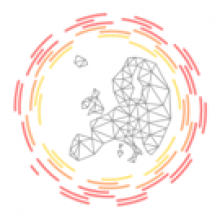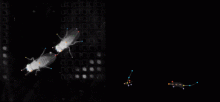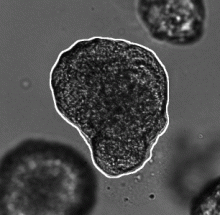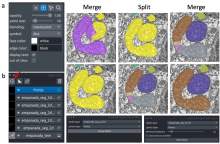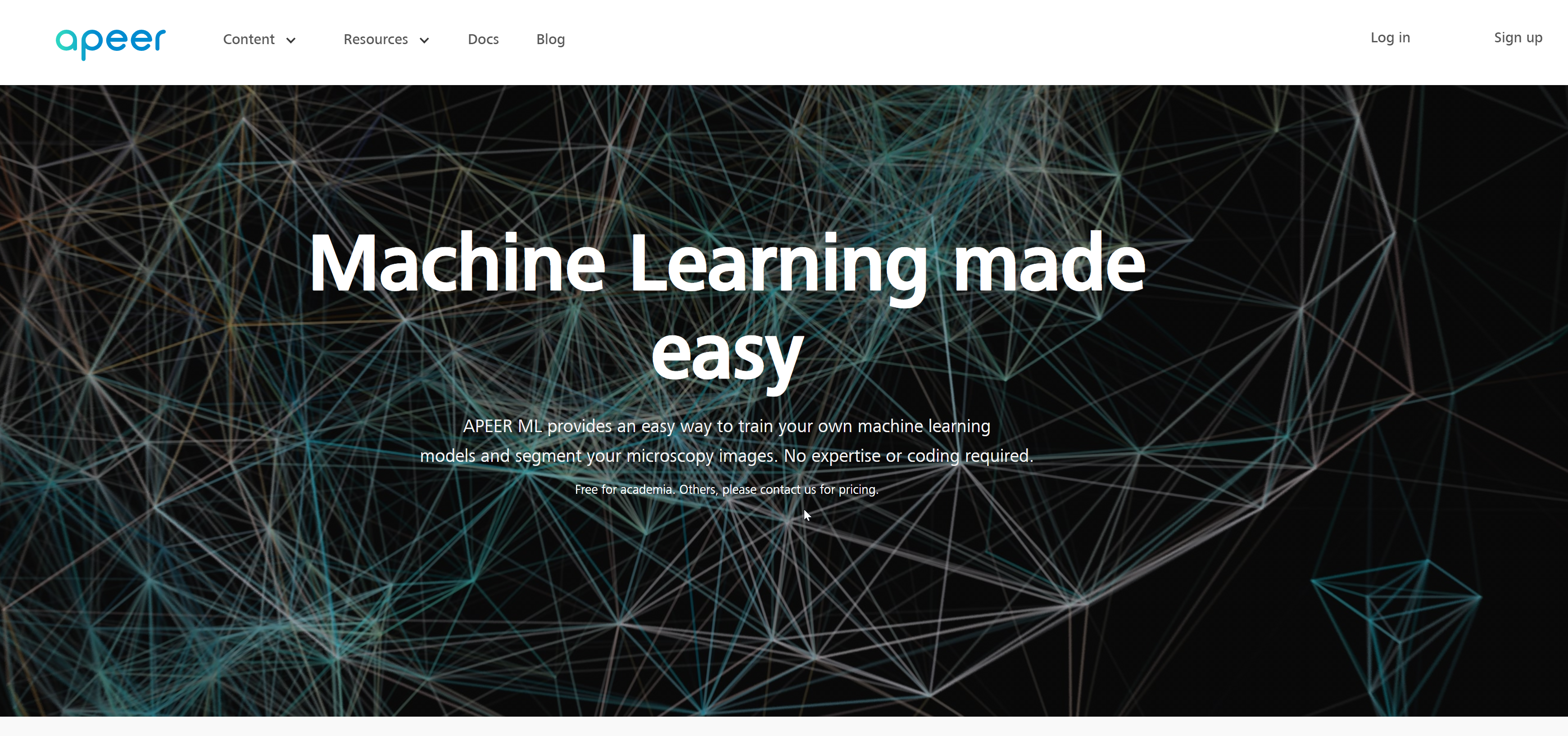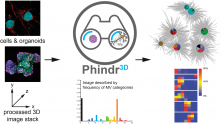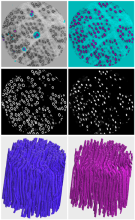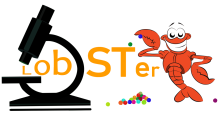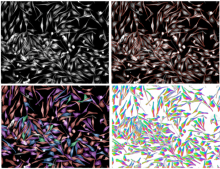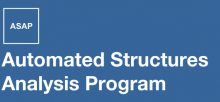Metric Reloaded: how to select and use your metrics
The mission of Metrics Reloaded is to guide researchers in the selection of appropriate performance metrics for biomedical image analysis problems, as well as provide a comprehensive online resource for metric-related information and pitfalls. This website provides ressources such as a tool to select the best metric, as well as tutorials about the way to use and interpret metrics in image analysis.
